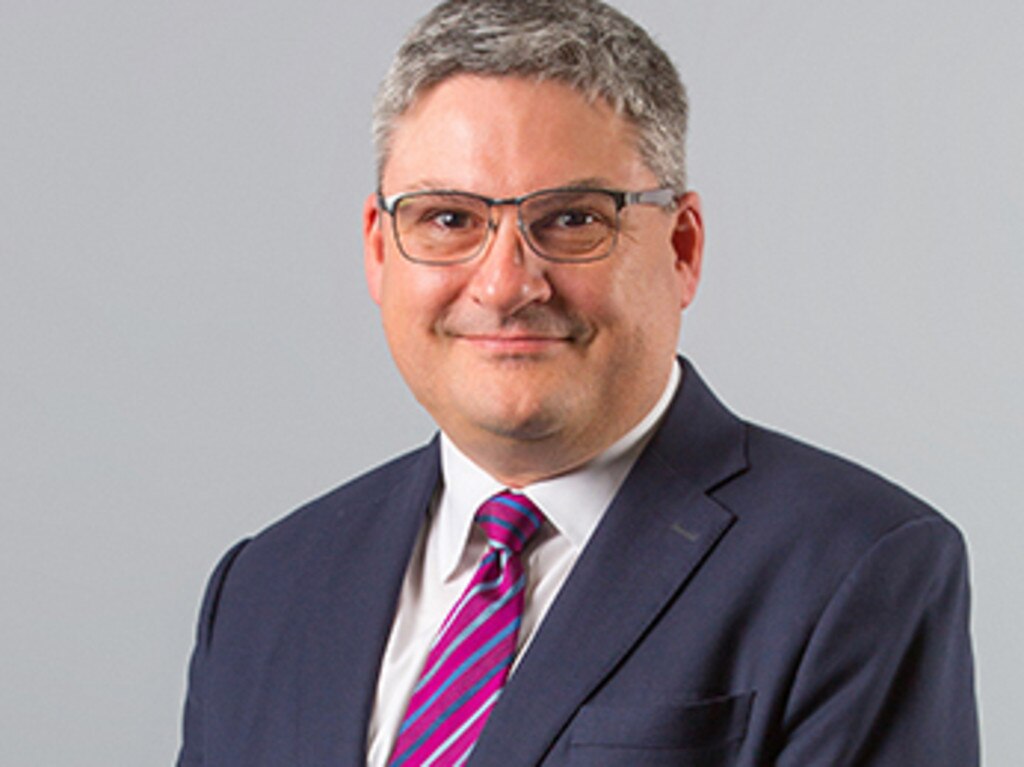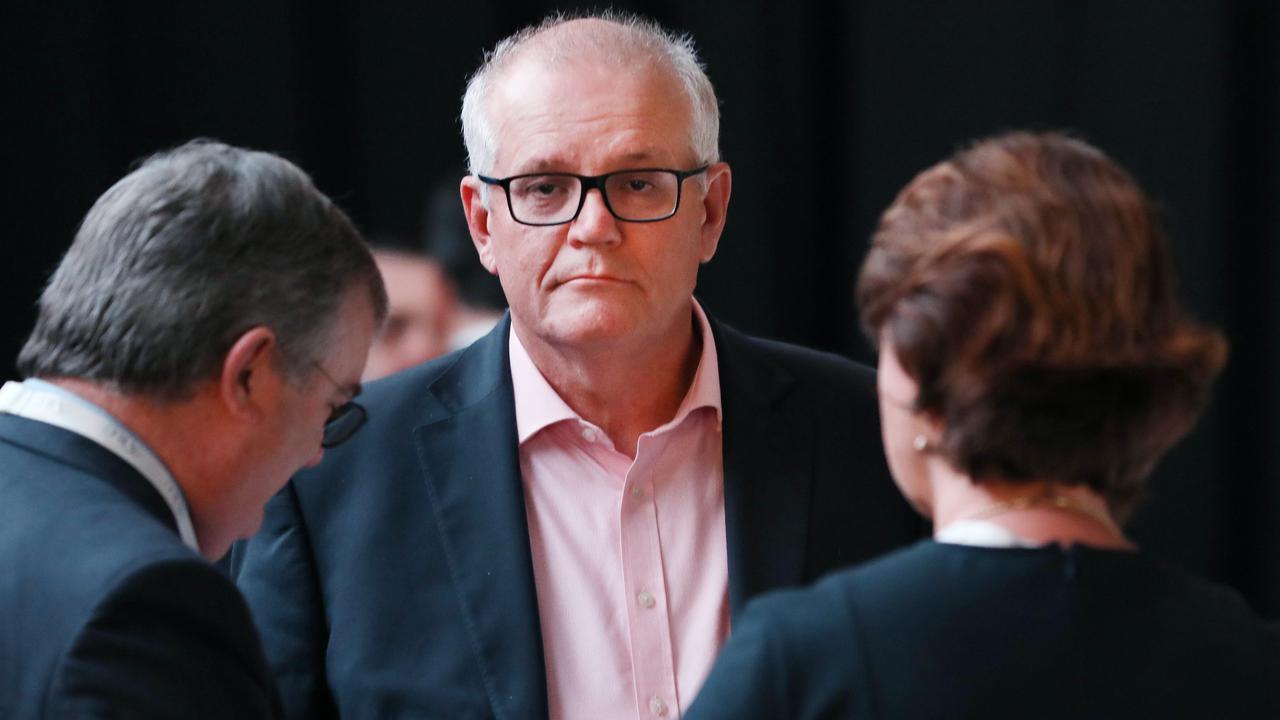Can an investment guarantee you will not lose money?

It’s a time of concern for many and the desire for some form of security is elevated across the investment spectrum.
Capital-protected products (which guarantee you do not lose money) were previously discarded by investors and financial planners alike due to their perceived high fees and muted returns. But they are now back in the limelight as the uncertainty of how long COVID will impact the economy remains unknown.
There are several variations of capital-protected products available to investors. The ‘‘ratchet’’ approach is where the account balance is lifted up each year to provide a new floor that the account balance cannot fall below. AMP has one such offering inside their investment guarantee range. The investor pays an annual fee of between 0.8 and 2.45 per cent depending on the investment option and term of the guarantee. Each year on the account anniversary there is a ‘‘lock-in’’ event whereby the account balance on the day becomes the new minimum balance if it is higher than the last year’s ‘‘lock-in’’ value.
In other words, if the portfolio started at $100,000 and went up to $105,000 after 12 months, $105,000 becomes the new floor. If the portfolio then fell to $95,000 during the following year, the ratchet effect means that the account balance would be reinstated at $105,000 at the end of year 2.
Although the investments in the portfolio can only ever go up in value, thanks to the guarantee, account fees and guarantee fees need to be taken into account. If you were in the most expensive guarantee option, paying 2.45 per cent for the past eight years, you would have incurred guarantee fees equalling almost 25 per cent of your account balance and would not have needed the guarantee (until this year).
An alternative to the ratchet product is the so-called ‘‘collared’’ strategy as championed by global financial services company Allianz.
The Allianz Future Safe product was launched in March 2019 and allows investors to limit their losses and participate in some of the sharemarket upside. There is a base fee of 0.85 per cent and investors choose between three different protection options.
Using the Allianz ASX200 investment option as an example, if an investor wanted to limit their downside risk to 10 per cent, the maximum gain their account would be credited is 11.2 per cent (even if the ASX200 went up by 20 per cent).
For those wanting to remove market risk altogether and have full capital protection, the maximum growth is limited to 3.6 per cent.
There is a seven-year term and investors can move between investment options and loss limits each year as their preferences change.
Allianz Retire + head of distribution Caitriona Wortley says: “We see the Future Safe product as part of an investor’s overall portfolio given its capital protection features. Our average investor account balance is $200,000 and the average investor age is 69.6.”
The final type of capital-protected product is the fund manager-based offering, such as the protected Australian share income fund offered by boutique fund manager Pentalpha.
The aim is to limit sharemarket declines to 5 per cent per year while still being able to capture about 20 per cent gains in a rising market by using a range of derivative-based strategies such as put and call options. The portfolio holds between 10 to 20 high-dividend Australian stocks and has a management fee of 0.92 per cent.
Overall, the main issue with protected products is that they are like insurance; no one likes paying the premiums until they need to make a claim, then they invariably wish they had doubled the cover and the premiums do not seem so bad any more.
For those looking for lower risk and returns than the sharemarket, but higher risk and return than an annuity or term deposit, protected products are well worth a look. But assess whether now is the best time to make the change.
James Gerrard is principal and director of Sydney financial planning firm www.financialadvisor.com.au





It has been eight years since we last experienced a negative return on sharemarkets and with less than five months to go this calendar year, we are on track for a negative 10 per cent result.